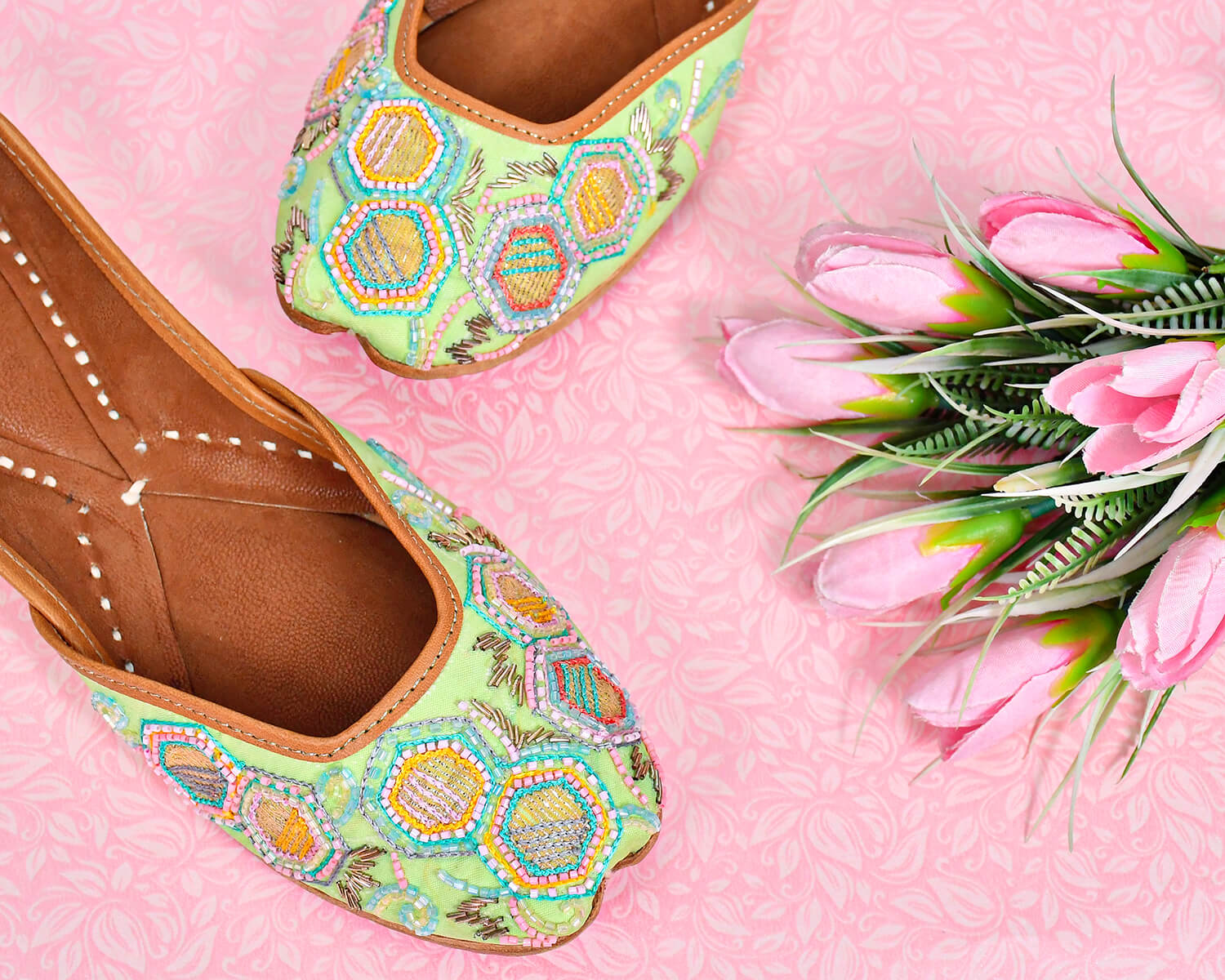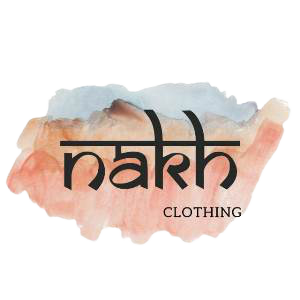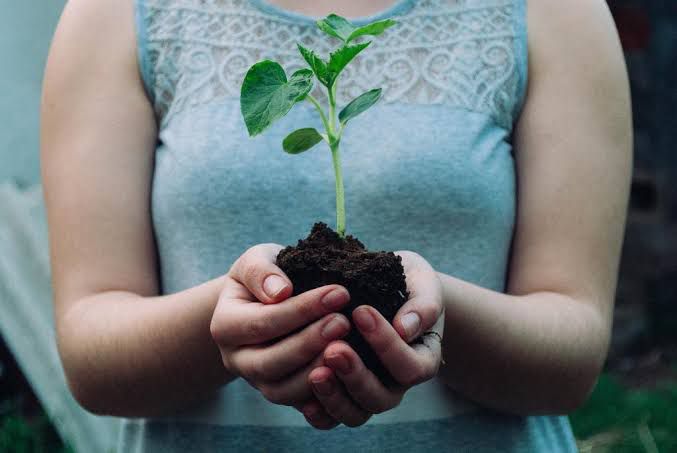A COMPLETE GUIDE TO SUSTAINABLE FASHION FOR YOU
AFTER ALL, THE PLANET DEPENDS ON WHAT YOU WEAR.
What does sustainable fashion mean, exactly? Simply put, it refers to clothing that is produced and used in a way that can be sustained over time, preserving both the environment and the garment itself. Examples include lowering CO2 emissions, addressing overproduction, cutting down on pollution, and minimizing waste.
We at Nakh are also currently dealing with all of these complex issues given the number of variables involved, but there is always space for improvement. This simply involves changing the way we shop and the way we consume clothing entirely.

The most significant piece of advice is to always ask yourself, "Will I wear it at least 30 times?" before making a purchase. You should buy it if the answer is yes. However, you might be shocked at how frequently you say no. Instead of that one item you know is going to go out of style quickly, choose more adaptable pieces like kurtis kaftans dresses that can be worn in several ways
2.BECOME MORE KNOWLEDGEABLE
Being more environmentally conscious can be challenging, especially when it comes to knowing where to start and, more importantly, where to shop. Fortunately, it's now much simpler than it used to be thanks to Snitch. With a sustainable focus, we're chemical free and use organic and ethical fabrics that are ideal for your amazing body. That's not it, I see. By using less plastic in our items, we're transforming Snitch into your ideal sustainable shopping destination. How? We moved to maize husk packaging, which has already assisted us in reducing plastic by 35%. We need to do things slowly because we're committed to cutting it even more.
3.MODIFY YOUR APPROACH TO PURCHASING
Making use of renting clothing is another environmentally friendly option to keep your wardrobe current. Given that 300,000 tonnes of unneeded clothing are thrown out each year rather than recycled, it is obvious that sharing our wardrobes and promoting the circular economy are steps in the direction of a more sustainable future. The circular economy concept, which challenges the fashion industry's linear manufacturing line that results in garments being thrown away in landfills, is, to put it simply, an economic system designed to reduce waste and make the most of resources.
4.SPEND MONEY ON TRANS SEASONAL CLOTHING.
Only invest in something you are certain will serve you well all year long. If you live in Bangalore, which is cold and rainy, avoid spending money on a whole summer wardrobe every year because you won't pass the 30-wear test. Spend the majority of your money instead on items that will last you for longer than one season. A wardrobe made mostly of jeans, T-shirts, and jackets will be significantly more environmentally friendly.
5.DONATE YOUR UNWANTED CLOTHES
By investing in your old pieces rather than purchasing anything new, others will be more sustainable when you donate your unused clothing to a worthy cause as opposed to just keeping them hanging in your closet. Having a one-in, one-out policy is a fantastic approach to do this. Live by the rule that you should donate money along with every new item you purchase.
Although it seems obvious, it is extremely crucial. Of course, if you purchase better-quality clothing, it will probably last longer (and you'll probably treat it better because it costs more), but this is true of all the items hanging in your closet. If you take good care of them, you won't need to replace things as frequently. Go the additional mile to guarantee your clothing lasts longer by caring for your woollens and washing your denim inside out.
You don't have to toss something away just because it tore. Learn how to fix your clothes or, even simpler, get a pro (or your mom) to do it for you. Before using it as a justification for something new, stop and think.
8.CHANGE YOUR SPENDING HABITS.
Apart from these, all of your concerns are legitimate, but starting a sustainable wardrobe is easier than you might think and will be worthwhile in the long term. Don't assume that just because something is organic, it must be ugly; it may also be beautiful with strong invention and investigation.


